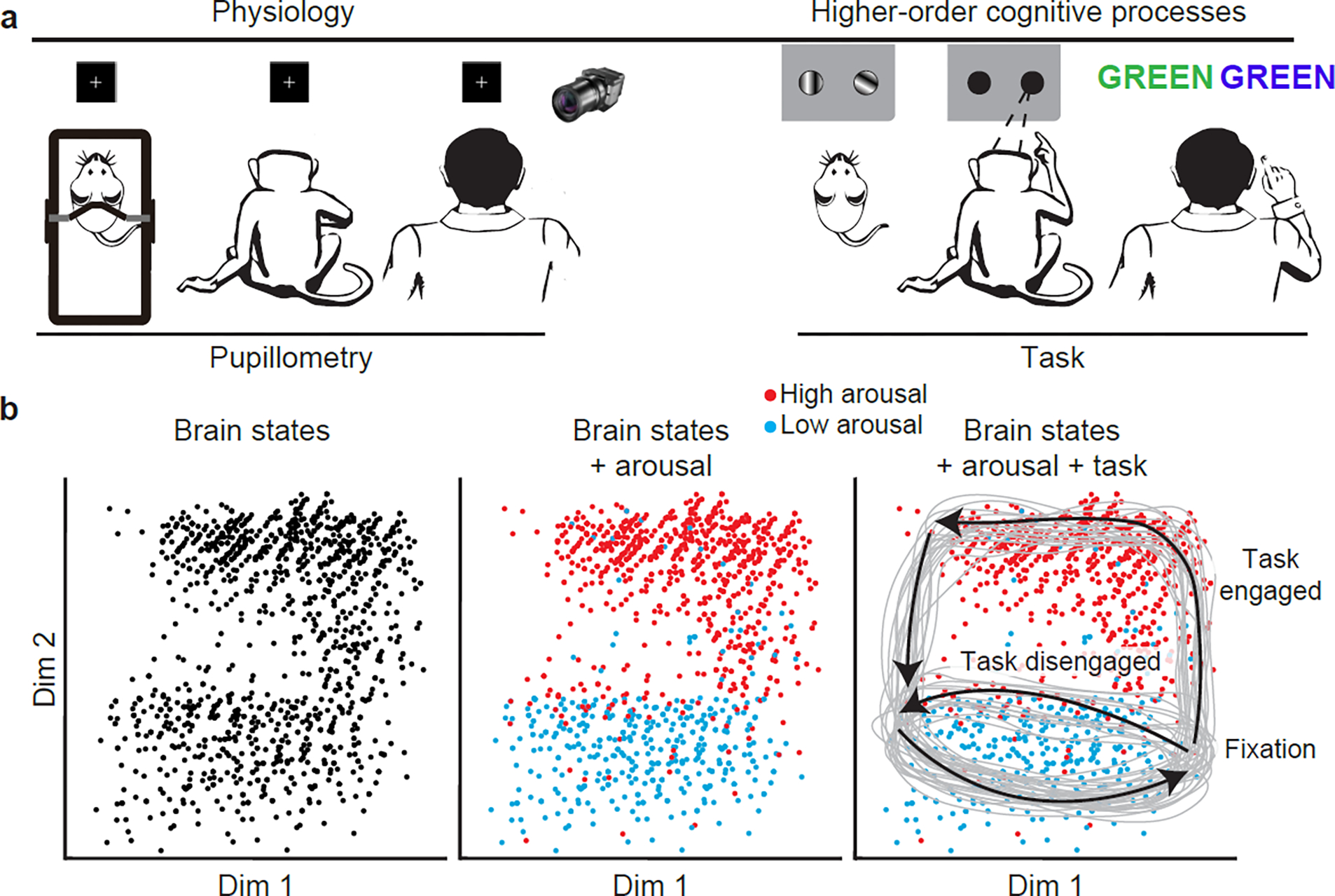Figure 2. Using physiological states and cognitive paradigms to characterize corresponding brain states.

a, In this article, we discuss brain states that correspond to physiological states and cognitive paradigms. The former offers an opportunity to study spontaneous fluctuations in brain activity, but the lack of clearly defined behavioral state boundaries complicates interpretation of these changes (though studies have demonstrated the potential to segment behavioral sequences from spontaneous activity, e.g. [156]). Cognitive paradigms can offer clearer behavioral state boundaries. b, As represented in simulated neural data embedded via dimensionality reduction in a two-dimensional state space, clusters of similar time points are clearly visible, but cannot be labeled (left panel). With a distinct and supporting modality, such as pupillometry to index arousal (middle panel), one can observe the influence of physiology on whole-brain activity, identifying time points at which patterns correspond to high and low arousal. Further interpretation of these brain states is made possible by knowledge about the structure of the cognitive paradigm during which data were collected (right panel), revealing stereotyped trajectories through state space on high- and low-engagement trials, with low-arousal activity patterns more common on low-engagement trials, perhaps tracking decreased task performance. These boundaries likely do not fully explain the brain’s traversal through state space (task-defined states can also be affected by other factors), underscoring the need to study brain states at multiple temporal scales (Fig. 3). Nevertheless, each approach offers distinct and complementary insight into the nature and functional implications of neural dynamics. Dim, dimension.
